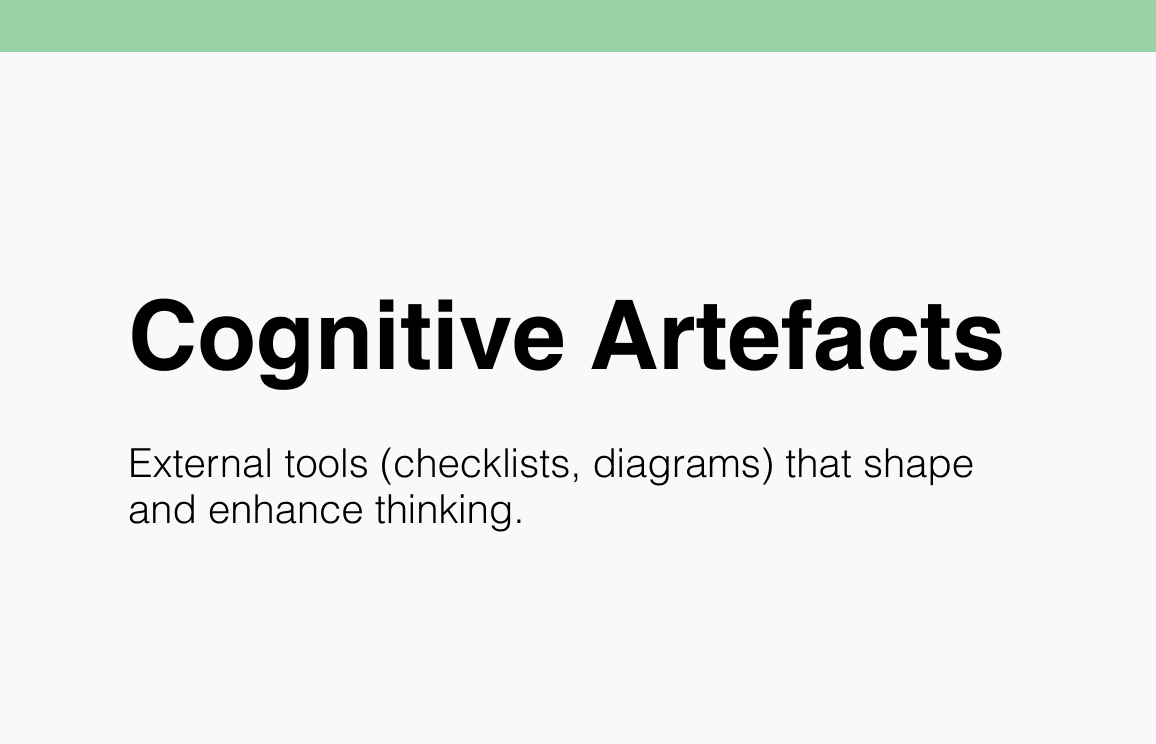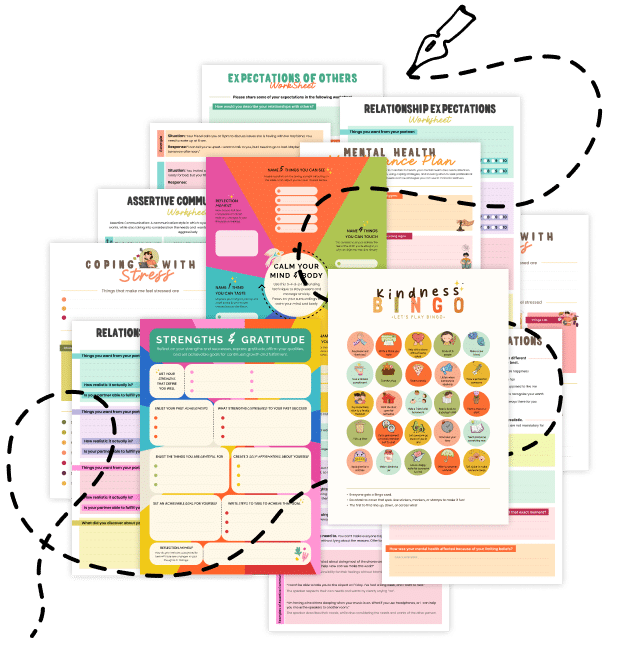20 Things You Should Know About Cognitive Artefacts
Enhance your cognitive performance and support your learning processes by exploring these 20 insights on Cognitive Artefacts—what they are, why they matter, and how they serve as external tools to augment your thinking. Discover how using cognitive artefacts can boost memory, simplify problem-solving, and streamline complex tasks.
1. What Are Cognitive Artefacts?
Cognitive artefacts are external objects, tools, or representations—like notes, diagrams, apps, or calendars—that aid your thinking, memory, and problem-solving processes.
2. Extending Your Cognitive Capacity
By offloading information onto an external medium, cognitive artefacts help extend your mental capacity, freeing up brainpower for creative and analytical tasks.
3. Enhancing Memory and Recall
Using artefacts such as to-do lists or mind maps provides additional cues that support memory retrieval and retention.
4. Facilitating Problem Solving
Visual aids like flowcharts and diagrams help break down complex problems into manageable parts, making it easier to analyze and solve them.
5. Promoting Organized Thinking
These external tools help structure and organize your thoughts, ensuring that ideas and tasks are clearly laid out and prioritized.
6. Improving Decision-Making
By externalizing information, you gain a clearer overview of available options, which supports more informed and deliberate decision-making.
7. Supporting Collaborative Work
Shared cognitive artefacts like digital whiteboards or collaborative documents foster teamwork by making ideas visible to everyone in the group.
8. Reducing Cognitive Load
Offloading tasks to external artefacts decreases mental strain, allowing your brain to focus on higher-level processing and creative thinking.
9. Enhancing Learning Efficiency
Tools such as flashcards, concept maps, and study apps provide varied ways to encode information, boosting overall learning and retention.
10. Bridging Gaps Between Knowledge and Action
Cognitive artefacts serve as bridges between abstract ideas and concrete action, helping you transition from planning to execution more smoothly.
11. Customizing Your Cognitive Toolkit
Everyone’s cognitive style is unique; choosing artefacts that match your personal learning preferences can significantly enhance your efficiency.
12. Encouraging Reflective Thinking
Journals and reflective logs are cognitive artefacts that promote self-reflection, enabling you to review progress and identify areas for improvement.
13. Promoting Consistency in Work
Consistent use of cognitive artefacts, like standardized templates or checklists, can lead to more reliable and replicable work processes.
14. Aiding Time Management
Calendars, planners, and scheduling apps help you manage your time effectively, ensuring that important tasks receive proper attention.
15. Enhancing Creativity
Artefacts like mood boards or sketchbooks enable you to visually explore ideas, fostering creative insights that might be missed with mental effort alone.
16. Supporting Lifelong Learning
As you acquire new skills, cognitive artefacts can evolve with you—helping to integrate and build upon previous knowledge continuously.
17. Making Abstract Concepts Concrete
Visual representations, such as diagrams or models, make complex or abstract ideas more tangible and easier to grasp.
18. Enabling Adaptive Problem Solving
When faced with novel challenges, cognitive artefacts provide a flexible framework that you can adapt to different contexts and situations.
19. Encouraging Externalization of Ideas
Expressing your thoughts externally through notes or sketches can spark further insights, as the act of writing or drawing often reveals hidden connections.
20. Related Topics to Explore
- Context-Dependent Memory – Learn how environmental cues enhance your recall abilities.
- Conceptual Chunking – Discover how breaking information into smaller, meaningful units improves understanding.
- Memory Scaffolding – Explore strategies for building supportive frameworks to bolster long-term memory.
- Active Recall vs. Passive Review – Understand the benefits of actively retrieving information over simply re-reading it.
- Cognitive Load Theory – Delve into how managing mental workload optimizes learning and performance.
Quick Tips to Boost Your Use of Cognitive Artefacts
- Choose the Right Tools: Select artefacts that match your learning style—whether digital apps, handwritten notes, or visual diagrams.
- Keep It Simple: Use clear and concise formats to avoid adding unnecessary complexity to your cognitive toolkit.
- Review Regularly: Periodically revisit and update your artefacts to keep your information current and relevant.
- Integrate with Daily Routines: Make cognitive artefacts a natural part of your workflow by incorporating them into your daily habits.
- Collaborate and Share: Leverage group tools to gain new perspectives and enhance collective problem-solving.
Embrace these insights and tips to harness the power of Cognitive Artefacts, empowering you to organize, enhance, and extend your cognitive abilities for lasting learning and success!


